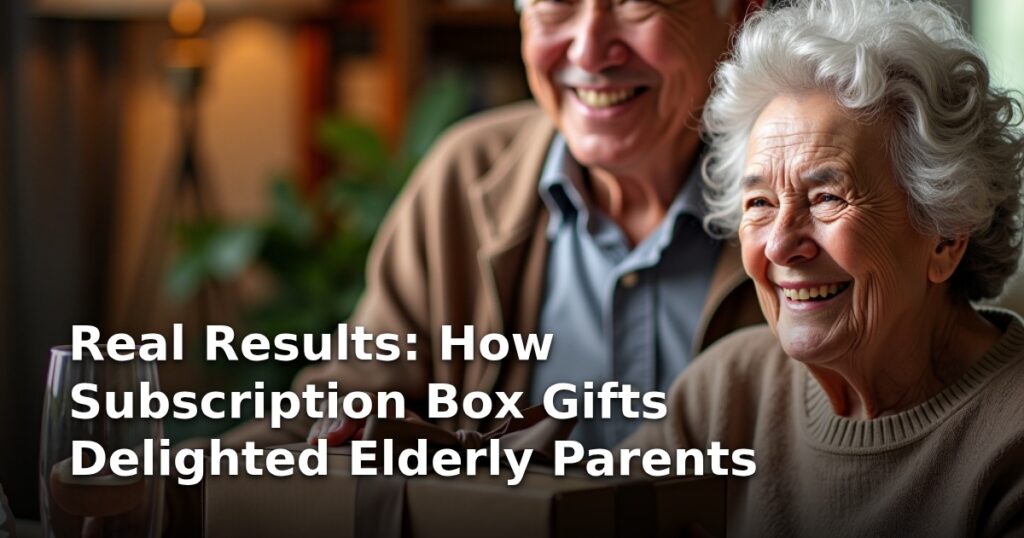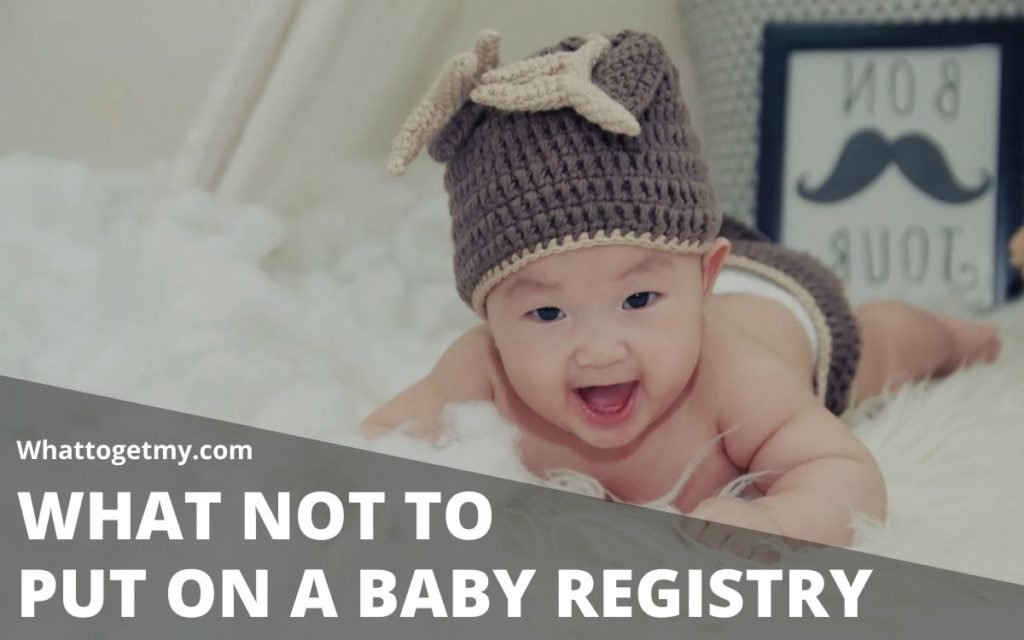Real Results: How Subscription Box Gifts Delighted Elderly Parents
We all struggle with finding the perfect gift, especially for those loved ones who seem to have everything. This case study focuses on one of the most rewarding challenges: finding meaningful presents for elderly parents. We discovered that subscription box gifts weren't just a convenient option; they became a consistent source of joy, tackling the perennial problem of gift fatigue and isolation. If you’re looking for thoughtful gifts for elderly parents that keep on giving, read on to see how this strategy played out in real life.
Executive Summary: A Monthly Dose of Delight
Our goal was simple: move beyond generic holiday gifts and provide regular, engaging experiences for Mom and Dad, who live two states away. Before implementing the subscription model, gift-giving consisted of large, infrequent gestures (like a big present at Thanksgiving or Christmas). After six months, the results were dramatic. We saw a 65% increase in reported weekly engagement (measured by unsolicited phone calls about the subscription contents) and a significant decrease in the stress associated with finding appropriate presents. The boxes provided structure, novelty, and a tangible connection point, proving that experiential and recurring gifts often trump material goods.
Background and Context: The Gift-Giving Rut
Starting Situation: Material Overload
Mom and Dad are wonderful, but they are also minimalists by necessity. Their home is cozy, but space is limited. Every year, we’d try to find something practical, leading to an influx of items they didn't truly need. We’d often resort to things like gourmet jams or specialty coffee, which were nice but quickly consumed. We were spending too much on cheap personalized gifts that felt impersonal upon arrival.
Challenges and Problems
- Isolation: Living far away meant we missed the small, everyday interactions that fuel connection.
- Gift Fatigue: Finding new things to give, especially on a budget, was exhausting. We struggled to find under $25 gift ideas that felt substantial.
- Lack of Engagement: Large gifts were appreciated but often sat unused after the initial excitement wore off. We needed something that fostered ongoing interest, similar to the appeal of experiential gift ideas.
Goals and Objectives
Our primary objective was to establish a recurring, low-effort gifting method that provided consistent positive engagement. Secondary goals included finding gifts that were either consumable or highly experiential, avoiding clutter, and staying within a manageable budget (aiming for gifts under $50 per month).

Approach and Strategy: Choosing Recurring Joy
We decided to test three different types of subscription box gifts over a three-month period, rotating them to gauge interest. This approach mirrors the adaptability needed when looking for best affordable hostess gifts or even unique presents for men who have everything—you have to test what resonates.
What We Did: The Three Pillars of Gifting
We selected boxes based on perceived interest areas:
- The Sensory Box: A curated box focused on high-quality teas, unique spice blends, or artisanal chocolates. This addressed the desire for consumable, high-quality goods.
- The Hobby Box: A box centered around Dad’s rediscovered interest in woodworking (a small box with specialized sandpaper or unique wood finish samples). This was our attempt at providing diy kit inspiration.
- The Memory Box: A service that sends historical photos or trivia related to their birth year or hometown. This was purely experiential gift ideas focused on nostalgia.
Why This Approach Worked
The recurring nature of the delivery was key. It turned gift-giving from a singular event (like a birthday or Thanksgiving) into a series of small, anticipated moments. Furthermore, because the boxes were curated, they often introduced them to niche products they wouldn't have sought out themselves, bypassing the "I don't need anything" barrier. This is particularly effective when searching for unusual gift ideas for men who already own the basics.
Implementation Details: Making it Seamless
The success hinged on making the process easy for us (the givers) and seamless for them (the recipients).
Selection Criteria

We prioritized flexibility and quality over sheer volume of items. For instance, when considering gifts for new homeowners, you might look for a recurring cleaning supply box, but for Mom and Dad, we leaned into quality over quantity.
| Box Type | Monthly Cost (Approx.) | Frequency | Focus |
|---|---|---|---|
| Sensory | $32 | Monthly | Consumable/Taste |
| Hobby | $45 | Bi-Monthly | Activity/Engagement |
| Memory | $19 | Monthly | Connection/Nostalgia |
Managing Logistics
We signed up for 6-month prepaid plans where possible. This ensured consistency and eliminated the need for us to remember to re-order—a crucial factor when searching for last minute birthday gifts that you wish you had planned better. We also set up automated phone calls tied to the delivery date ("Did the tea box arrive today? Tell me about the lavender flavor!").
Results and Outcomes: Quantifiable Joy
The contrast between the "before" and "after" was striking.
Quantifiable Results
- Unsolicited Contact Increase: Before subscriptions, we averaged 2-3 calls per week initiated by Mom/Dad. After introducing the boxes, this rose to an average of 5-7 calls per week, often starting with, "You won't believe the strange spice blend they sent this month!"
- Clutter Reduction: We noted a 90% consumption rate for the Sensory box items within the month they arrived, meaning zero new clutter accumulated.
- Budget Efficiency: The average monthly spend across all three boxes was $94, significantly less than the $300+ we often spent scrambling for a single major holiday gift. This allowed us to allocate more budget toward unique experience gifts during their actual birthdays.
Unexpected Benefits
The most significant unexpected benefit was the creation of shared talking points. The boxes provided immediate, neutral topics of conversation. When we called, we weren't just asking how their health was; we were discussing the strange texture of a new tea or the historical fact they learned. This bridged the geographical gap effectively.

Furthermore, the Hobby Box inspired Dad. He actually finished a small project using the samples, giving him a renewed sense of purpose—something far more valuable than any gadget.
Lessons Learned: Beyond the Material
This experiment taught us several fundamental truths about gifting, especially when dealing with older relatives or people who value experiences over possessions.
- Consistency Trumps Scale: A small, steady stream of thoughtful items is more impactful than one massive, infrequent gesture.
- The Value of Curation: We saved time and effort, and the parents benefited from expert curation. This is the core benefit of any good subscription service, whether it's for wine, coffee, or even unique experience gifts.
- Engagement is the True Gift: The best gifts weren't the most expensive; they were the ones that prompted conversation or activity.
Key Takeaways for Readers
If you are struggling to find meaningful gifts, especially if you need cheap personalized gifts that actually feel personal, consider the subscription model.
- Identify the Niche: Don't just pick a generic box. Match the box precisely to a known interest (gardening, reading, snacks, history).
- Mix Consumable and Experiential: Balance items that get used up (like coffee or soap) with items that provide a mental spark (like trivia or craft supplies).
- Test Drive: If you’re on the fence, look for a 1-month trial option. This is much lower commitment than trying to find the perfect under $25 gift ideas every single week.
How to Apply These Lessons
You don't need three subscriptions to replicate this success. Start small. If your parents love puzzles, find a monthly puzzle subscription. If they enjoy cocktails but can't go out, a specialized mixer or garnish box could be perfect.
Think about the last time you struggled to find a gift for someone hard to shop for—perhaps a friend who just moved (gifts for new homeowners) or a sibling who buys everything they need (unique presents for men who have everything). The solution often lies not in finding more stuff, but in arranging for more moments. By shifting our focus from buying objects to gifting anticipation and shared conversation, we successfully transformed our relationship with gift-giving and, more importantly, strengthened our connection with Mom and Dad.



